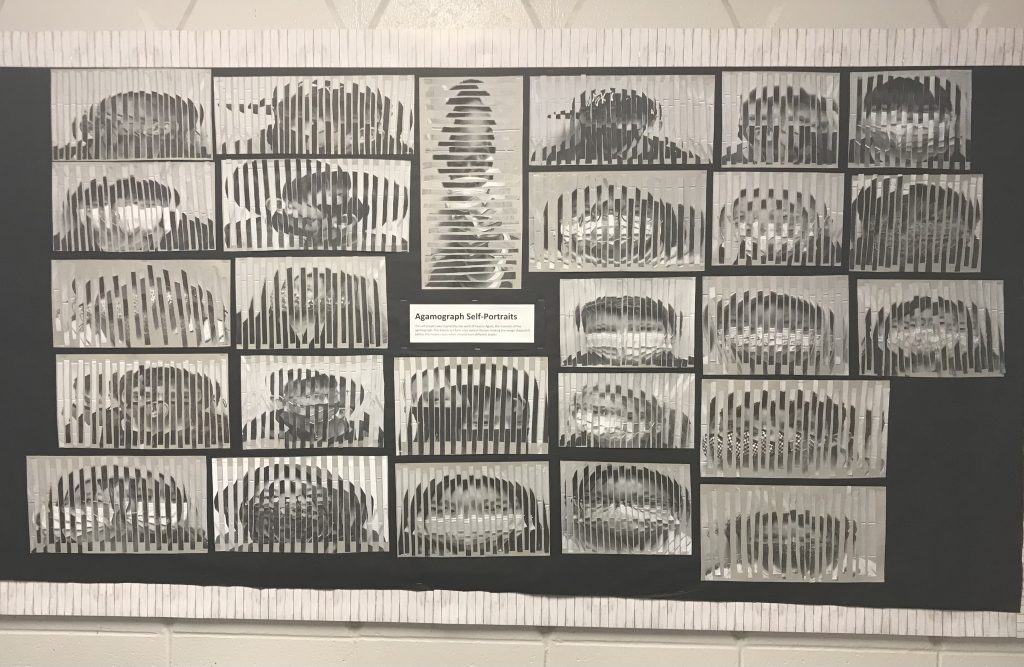
This art project was inspired by the work of Yaacov Agam, the inventor of the agamograph. This kinetic art form uses optical illusion, making the image shapeshift before the viewers eyes when viewed from different angles.

This art project was inspired by the work of Yaacov Agam, the inventor of the agamograph. This kinetic art form uses optical illusion, making the image shapeshift before the viewers eyes when viewed from different angles.
Today we went on a virtual field trip to the Bank of Canada we learned about money, trade, different forms of money, bartering and much more. Here is everything we learned today with the Bank of Canada.
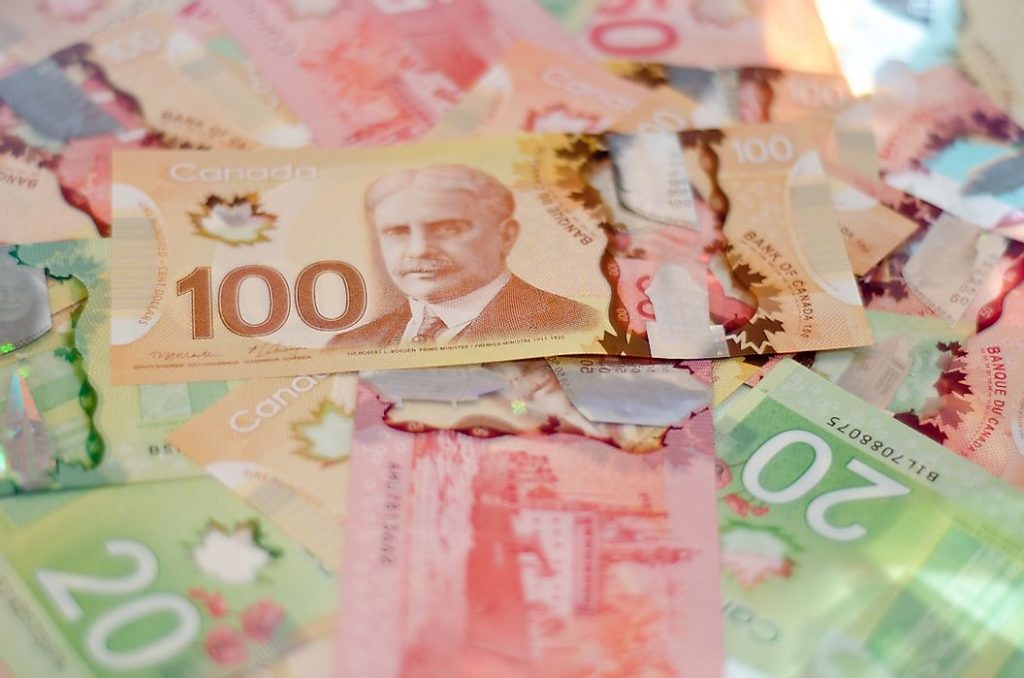
Why do we use money?
1. As a Tool for Trade
2. To Set value (to know how much things cost)
3. To Save (Save up for needs/wants/emergencies)
What makes good money? Good moneys is…
What is Dentalium?
Which Canadian coin has a beaver?
Answer: The 5 cent coin
What are our bank notes made of?
Who is on the 10$ bill?
Viola Desmond
Why do coins have different images/shapes/colors?
To easily differentiate them.
Money/Trade
What is Bartering?
Barter – Trading objects without getting something new. It is obtaining a need or want by exchanging with someone else.
The cons of trying to Barter
Products vs Services
Products – grow it, build it or make it
Services – action someone does for us
Blogpost Written By: A.W
Today in class as part of our Mind Up Curriculum we learned about the different parts of our brains and how they help us control our emotions and help us learn.
In our lesson today, students learned about their brains, specifically the limbic system which controls their thoughts and emotions. The three parts of the brain they learned about today were:
Prefrontal cortex: ‘our leader’ right in the front of our brain. It is in charge of making decisions, thinking, learning and problem solving.
Amygdala: our ‘security guard’ that warns our body of danger and stress to protect us.
Hippocampus: our memory saver or our filling cabinet that stores all of our experiences and everything we learn.
They learned that in a calm and safe state, their amygdala can communicate with the ‘leader’ or prefrontal cortex to make good decisions. They also learned that when they are in a negative emotional state where they feel stressed, anxious, or fearful, the amygdala fires a fight, flight, freeze response to warn them negatively impacting the communication with the ‘leader’ or prefrontal cortex part of our brain, which is responsible for clear decision making.
We examined various ways to calm the amygdala and train the brain to respond reflectively rather than reactively in different situations. We also discussed the importance of developing an awareness of what is going on inside our brains so that we can reason and think clearly to make better decisions.
Diagram of the Brain/Facts:
Videos From Today’s Lesson:
The strategies we will continue to build in the coming weeks will help students learn self regulation strategies and help them develop the capacity to recognize and take control of their emotions and actions while being mindful and aware of themselves and others.
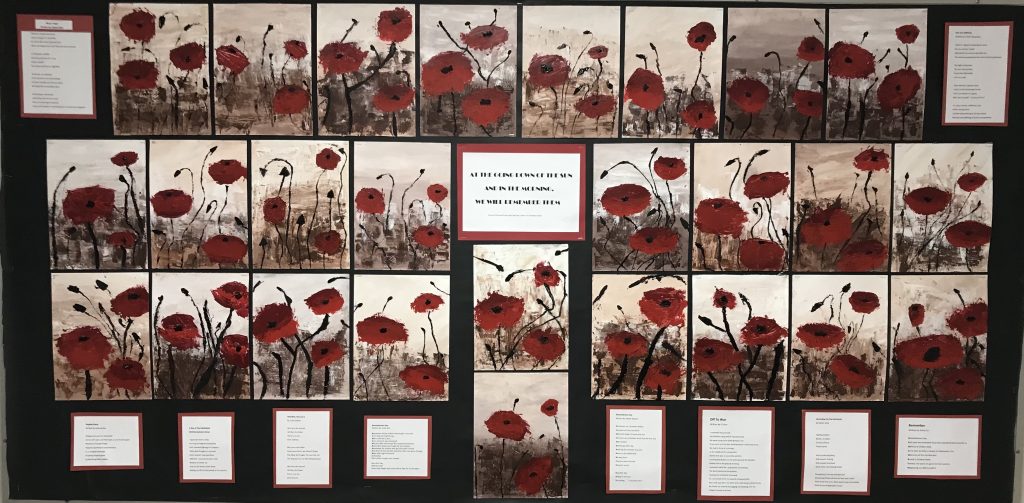
Impressionistic Acrylic Poppies Painted on Canvas Using a Palette Knife
To view the poetry please visit your child’s individual blog.
Today we had a presentation from the Youth Crisis Centre on mental health and self-care. Our presenter Nick taught us more about what mental health is. We learned that mental affects the way people think, feel and act and that taking care of our mental health is just as important as having a healthy body.
We learned that life isn’t always easy and that sometimes there are challenges along the way and that by using a variety of self-care tools we can learn ways to overcome these challenges and bounce back.
We learned that we cannot always see the emotional baggage people are carrying and discussed why it is important to be supportive and kind to others. There are many self-care tools we can use to help improve our mindset, eliminate negativity, reduce stress and anxiety, improve mental clarity, and help us cope with and overcome challenges.
We also learned that when dealing with challenges that affect our metal health we should always stop, take a breath, observe with curiosity, proceed with caution and use trial and error to help us figure out which self-care tools are most appropriate for dealing with the situation. Things won’t always be easy and to develop good mental health it will require daily effort and a variety of tools.
Lastly we learned that sometimes we don’t always have the answers and there are many organizations and people we can go to for help if we cannot solve our problems on our own.
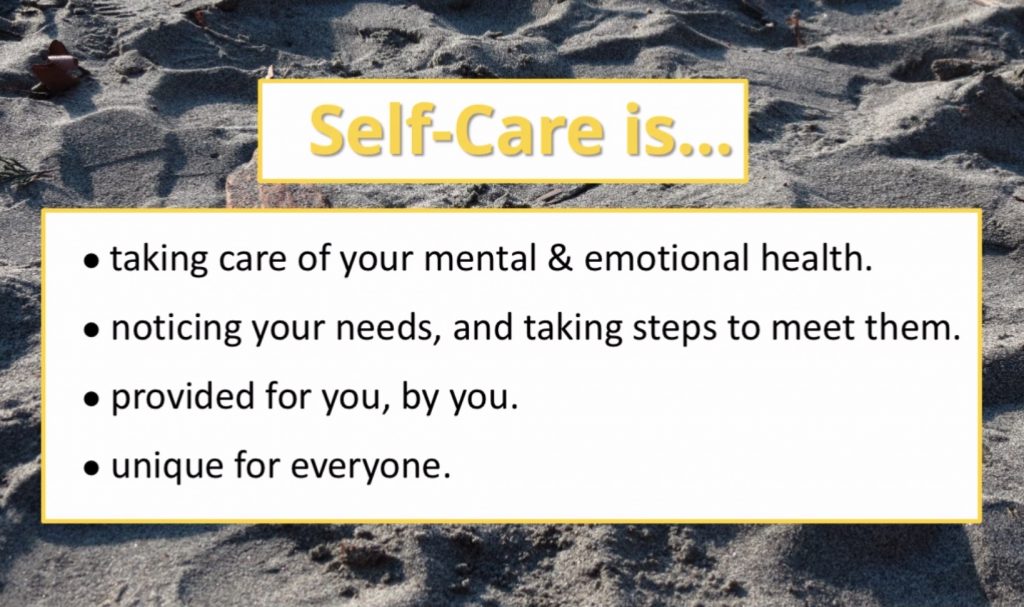
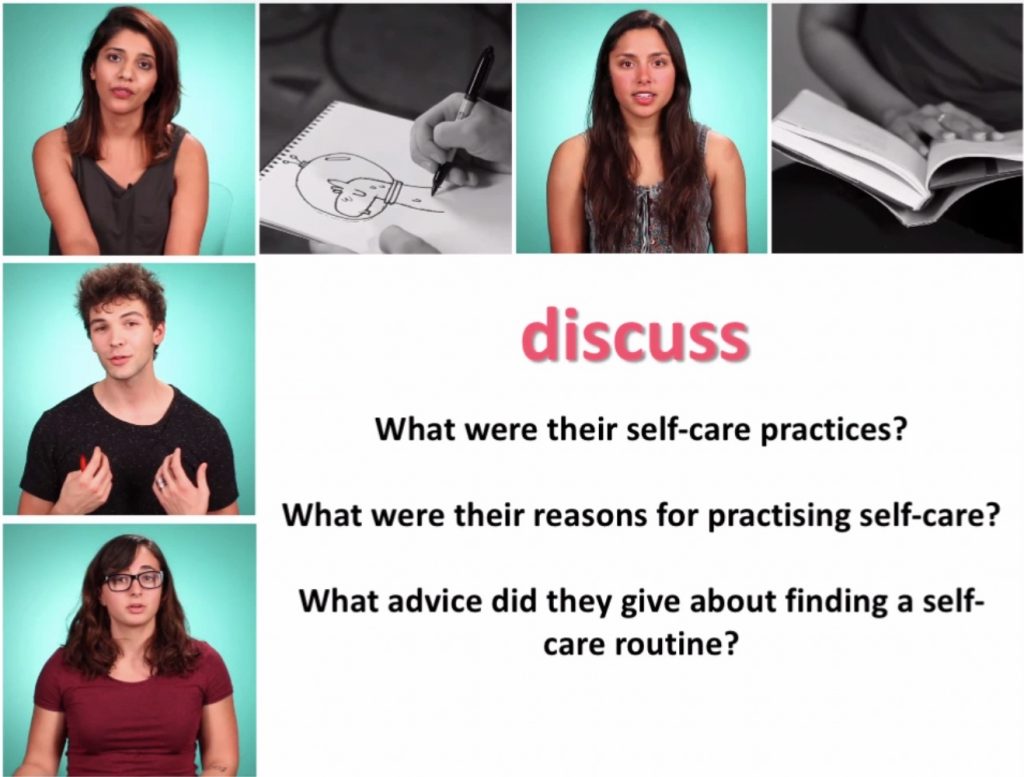

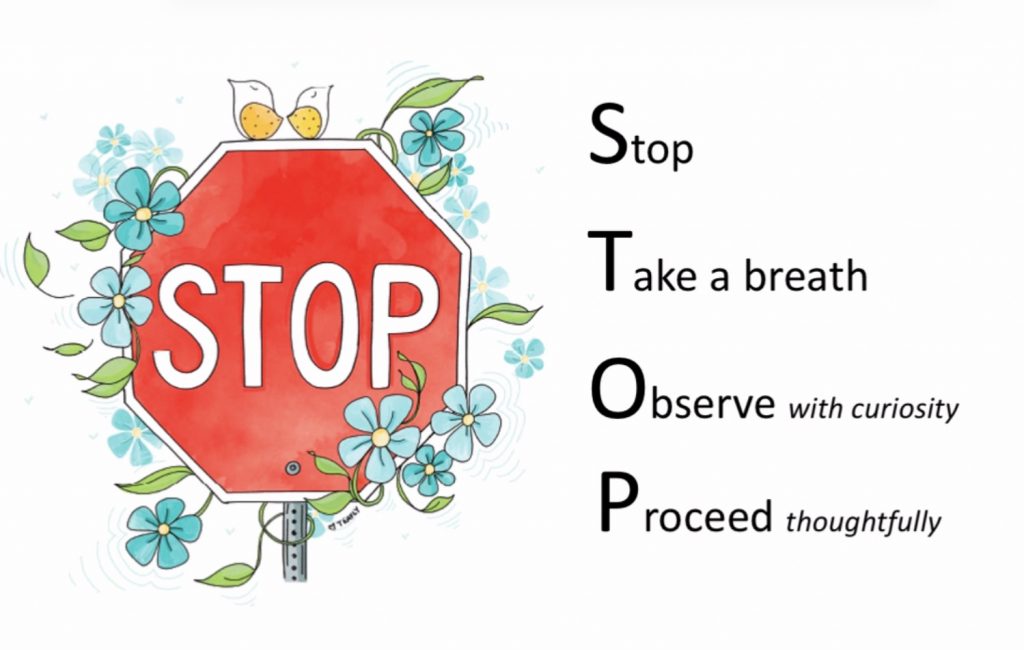 Student Feedback Survey:
Student Feedback Survey:
https://docs.google.com/forms/d/e/1FAIpQLSfAJNNgwRNpTWeBChopXpJfyn3pabHtLfyNtcz5HtaNuZKalA/viewform
Youth Mental Health Resources:
Div 3 Class Blog ©2025. All Rights Reserved.
Powered by WordPress.
Theme by Phoenix Web Solutions